Not sure what to call this. I've seen different names for it or very similar swords. Heavy cavalry sword, artillery sword, Blucher sword. Most seem to lean toward artillery sword.
What I do know about it is that it was made in 1913 so it would have seen service in WWI. Photo evidence from various sources also shows them in use in WWII with horse units. Manufactured by E & F Horster, Solingen which is hidden under one of the side guards on the blade. Imperial marks all over it.
 Information
Information

Warning: This is a relatively older thread
This discussion is older than 360 days. Some information contained in it may no longer be current.
- Knowledge Library

- MKL Entry of the Month
- Australia
- Austro-Hungarian Empire
- Canada
- Czechoslovakia
- Denmark
- Finland
- France/Belgium
- Germany
- Italy
- Japan
- Norway
- Russia
- South America
- Sweden
- Switzerland
- Turkey
- United Kingdom
- United States
- Yugoslavia
- Is my rifle authentic or a fake?
- Jay Currah's Lee Enfield Web Site
- On-line Service Records (Canada)
- Technical Articles/Research
- Forum
- Classifieds

- What's New?
-
Photo Gallery

- Photo Gallery Options
- Photo Gallery Home
- Search Photo Gallery List
-
Photo Gallery Search
- Video Club

- iTrader












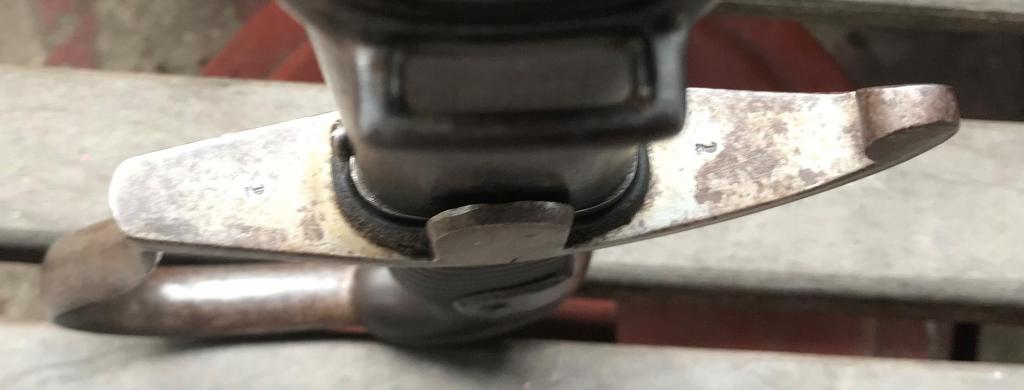
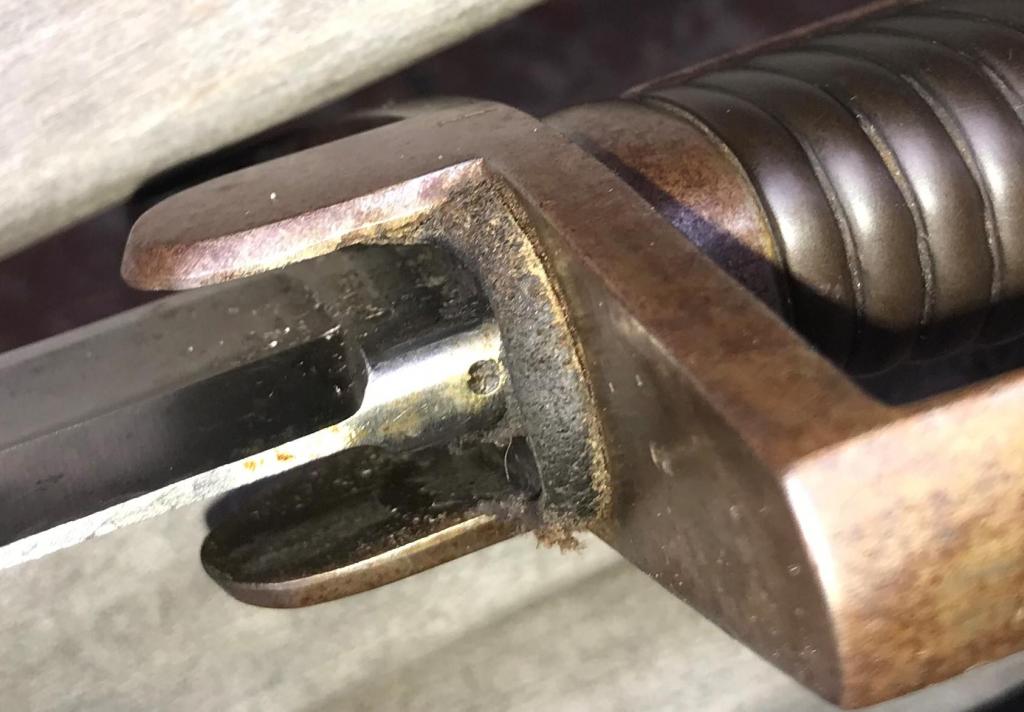
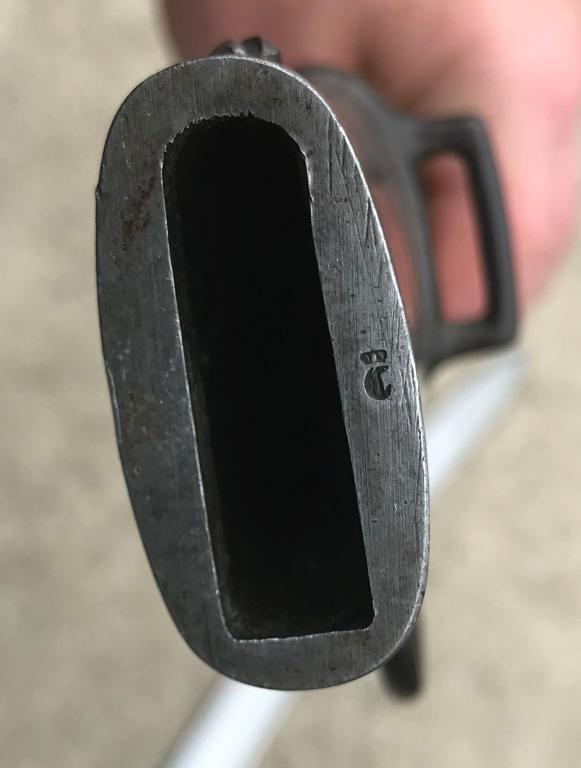

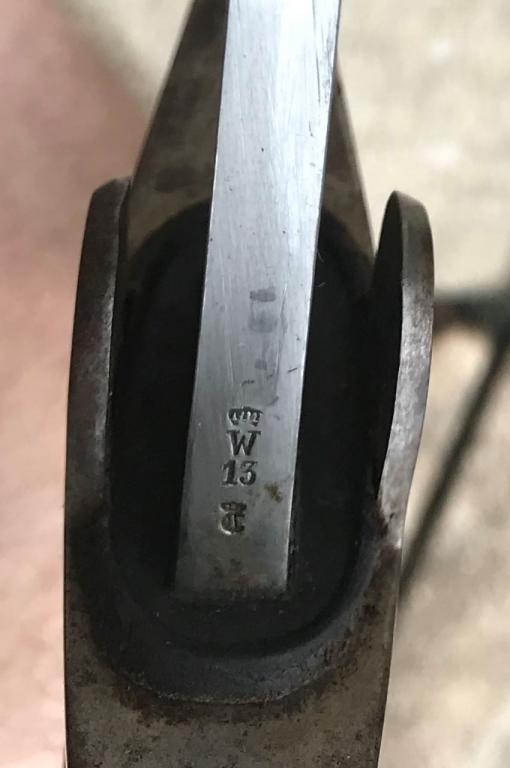

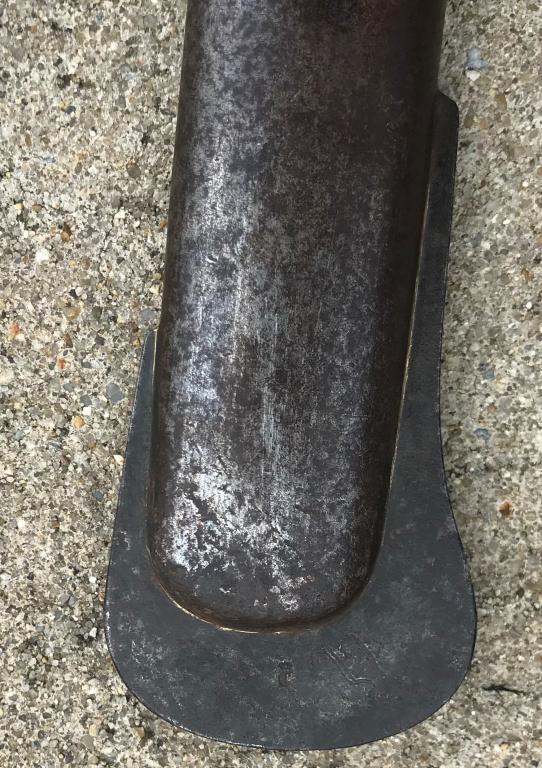

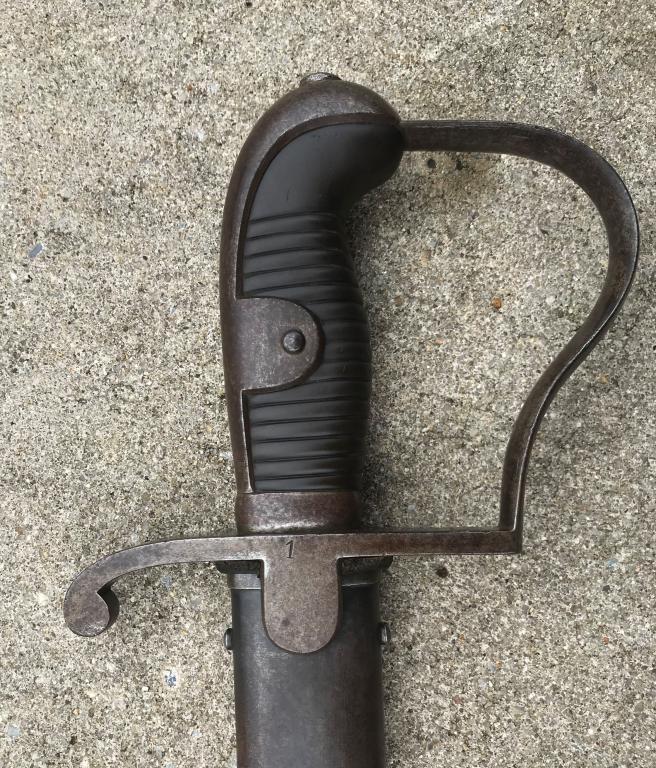
 PM
PM



